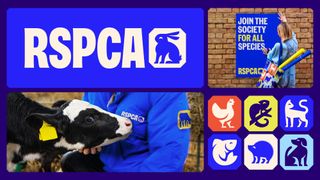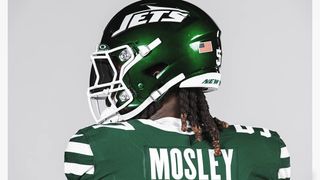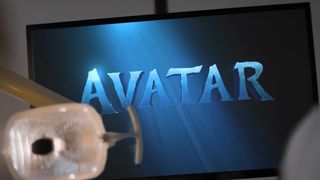We spend most of our working lives creating, editing, publishing and re-editing documents. So how long will it be until the publishing industry makes the move to mobile, and gives us a chance to let this happen again?
Here’s what’s on my mind – and it only came to me because I was reading a magazine on my iPad and we happened to launch an iPad app yesterday. If you have really good content, you have to deploy to mobile. We’re bombarded with infographics showing mobile and tablet use increasing, which we all know because we can see it, yet many content producers still think of the web stuff as a desktop-viewed thing. If you walked into the industry today, desktop would be something that had to work in the same way IE6 had to work two years ago… for a little while.
Once you have the content on there, it turns out that a lot of the sharing on iPads in magazines and more professional content is rubbish. Meanwhile, sharing and collaborating on good, professionally produced content is difficult, because it isn’t in the publisher’s interest. Now, users don’t expect the content to be freely shareable with anyone they meet but they do expect to be able to share and collaborate with it.
A few things stand out from the ranty, shouty parts of the web, which I guess I’m joining now. People moan about the huge download size of some magazines, the quality of the images with the new Retina display on the latest iPad – and sharing the content. So it’s surprising in a world where 99 per cent of our time is spent writing, editing and rewriting that we still view a published article as an untouchable, finished result. It isn’t. A published article is the start of discussions, sharing and new ideas, and eventually some more articles and discussion in the future.
The reading of professional, academic and business magazines and documents should be seen as the beginning of something. If I see an article, I want to share it with you because we’re having a conversation around the topic.
Instead of being part of our conversation, the article gets thrown into my Twitter feed and sandwiched between some webby trivia and a tweet from the office snowboarding trip. Or it falls into the swamp of emails, Basecamp threads and other unstructured noise holes.
Of course, we have to build the norms into the apps we create – email, Twitter, Facebook and the like – to get your content into the eyes of others, but there isn’t consensus. The big periodicals – The Economist, New Scientist and Wired – enable you to share, but within certain bounds. There’s still no equivalent of ripping out a page and sending it to me, with all the context that makes it fit into our conversation.
We need threads of these things. Everything I read should be part of a thread. Maybe call this a ‘trail’. Hang on: “When the user is building a trail, he names it. [...] Before him are the […] items to be joined, projected onto adjacent viewing positions. The user taps a single key, and the items are permanently joined.” [‘As We May Think’, by Dr. Vannevar Bush]
Bush was writing in 1945 about a system of research, finding and joining material, which he called ‘trails’. Coherently joined, intelligently linked pieces of information. Sixty-seven years later and it still takes half a dozen Cmd/Ctrl+Cs and Cmd/Ctrl+Vs to get the link to the NYT article that you sent me into the list of other articles we’ve been sharing and in the right place.
The trail idea is still missing from the web. Bookmarks, tweets, Facebook – even the Facebook timeline – present the trillions of documents of the web as though they are best read in thematic order or chronologically. Now, I know this doesn’t suit all publishers. This is a utopia for me, the consumer of many articles, but this is also where the internet inevitably leads. If it can be copied, it will be. Helping users copy turns you into the platform, not the upset content owner.
Content does have to be protected because the time to design and create a really beautiful app has to be paid for, and certainly not everyone has huge budgets. But that doesn’t mean you have to stop your users making something with your content, and more easily making it part of their own work life. There’s a heap of sharing and bookmarking services but they all fall short of how people really share and collaborate. They are brilliant for throwing information out there, but rubbish for receiving it.
For now, we have to make sure each app we build can share content in a useful way, always bringing the user back to its origin. But maybe soon the 67-year-old idea of trails will finally hit the web. I’m hoping you can tell me this exists.
Discover the best iPad apps for designers at our sister site, Creative Bloq.




